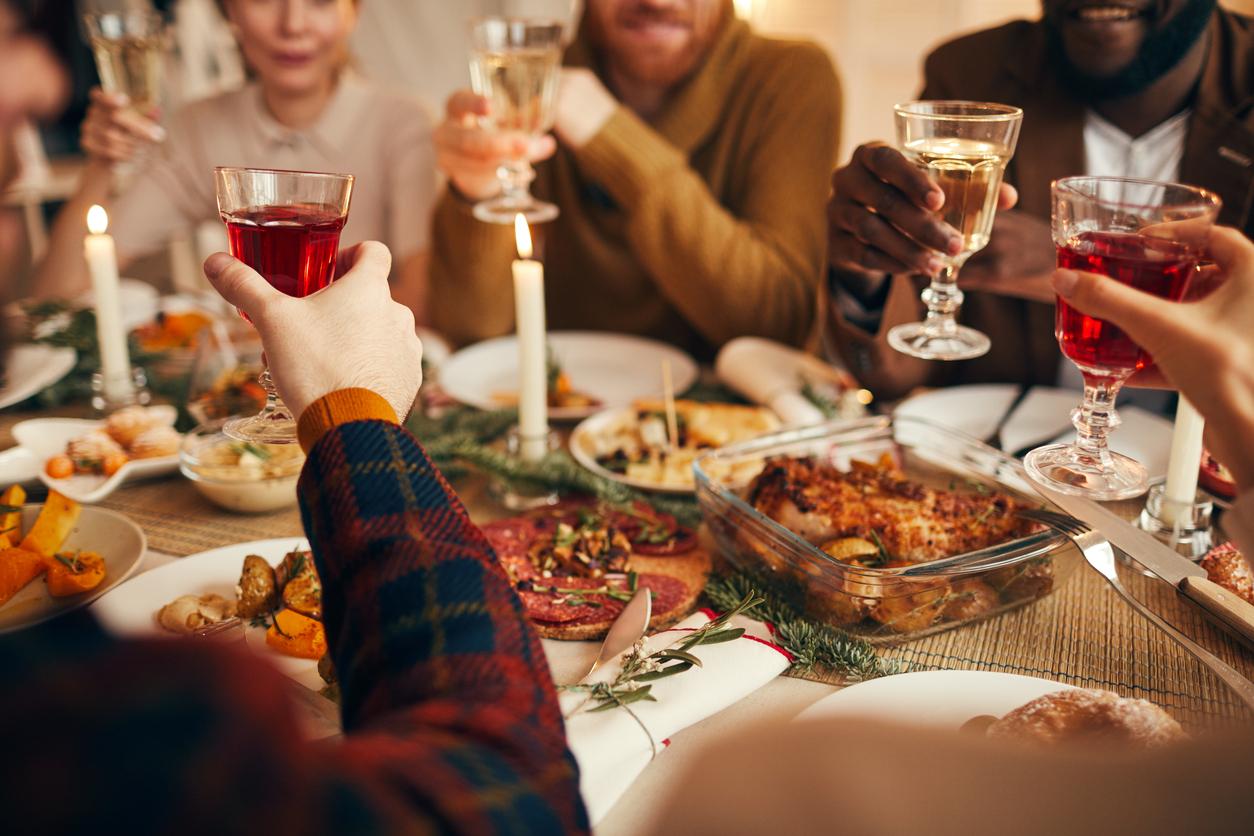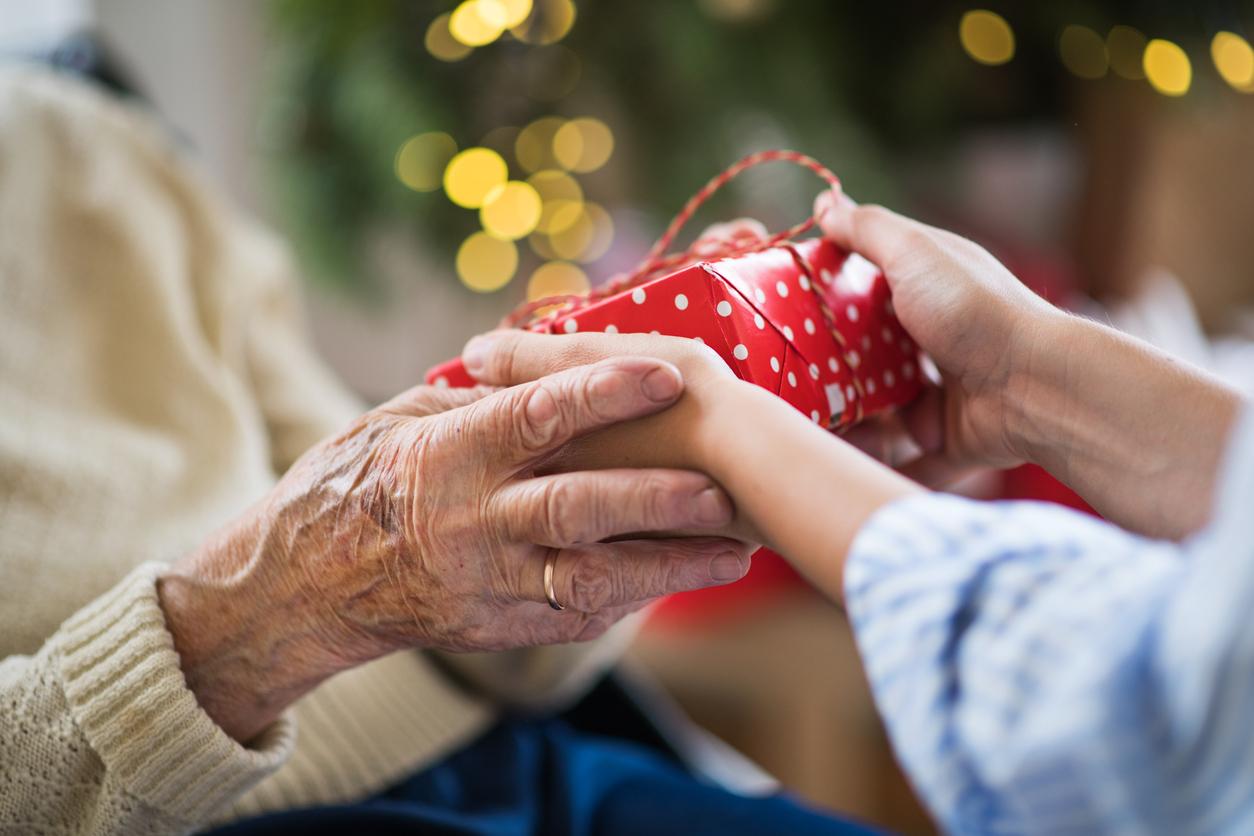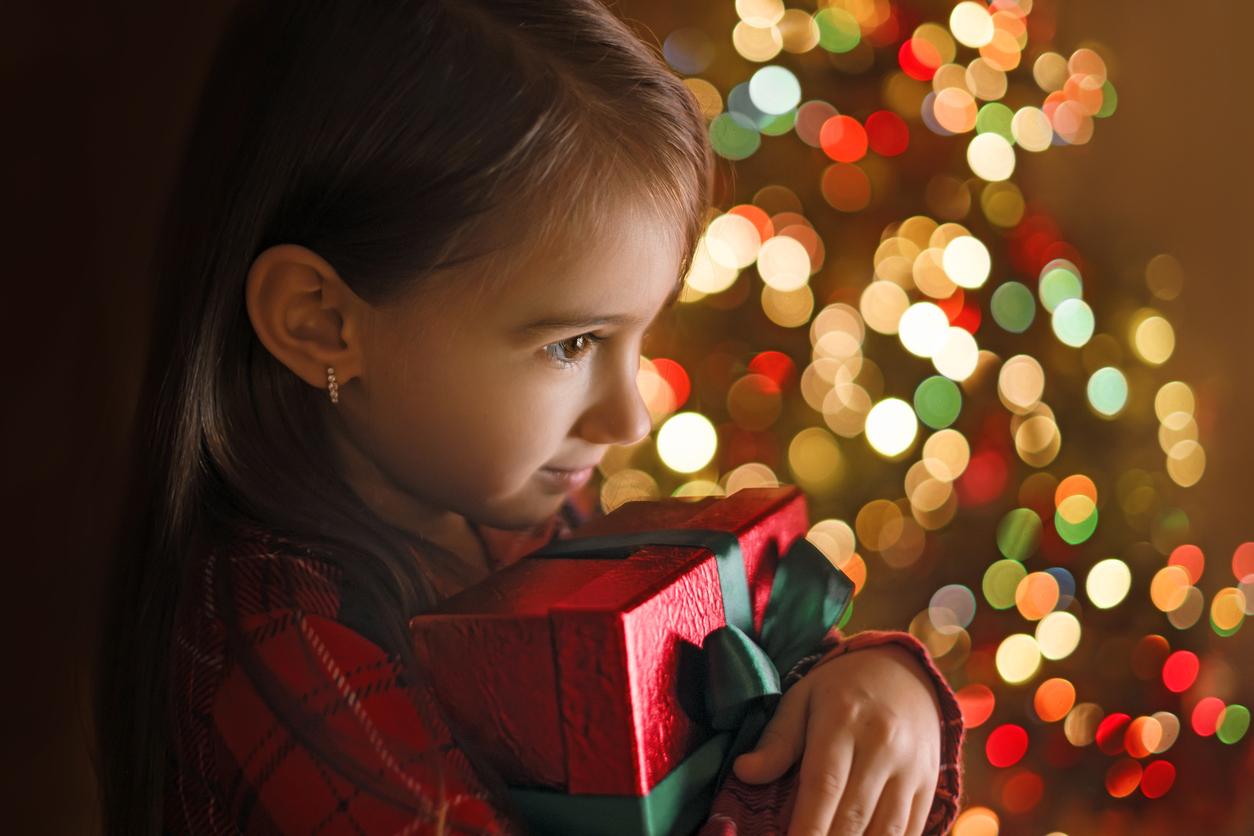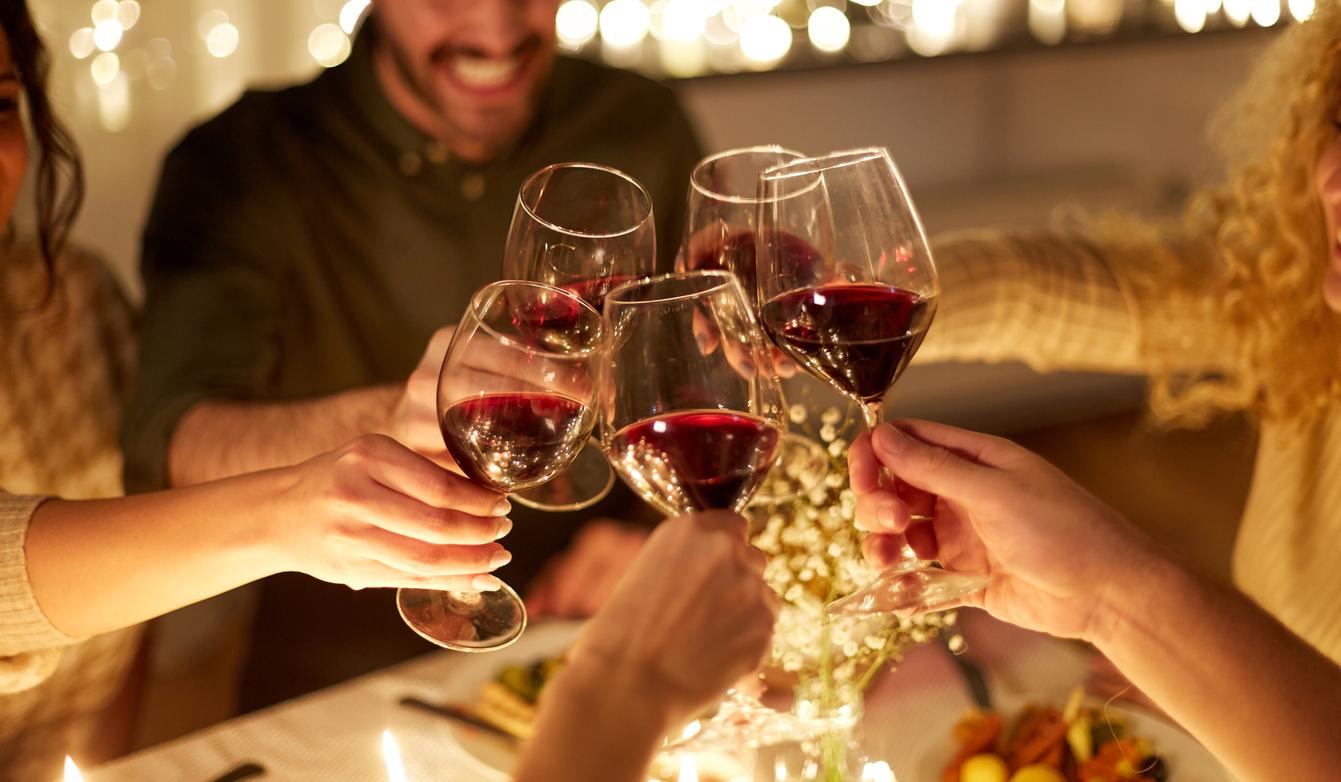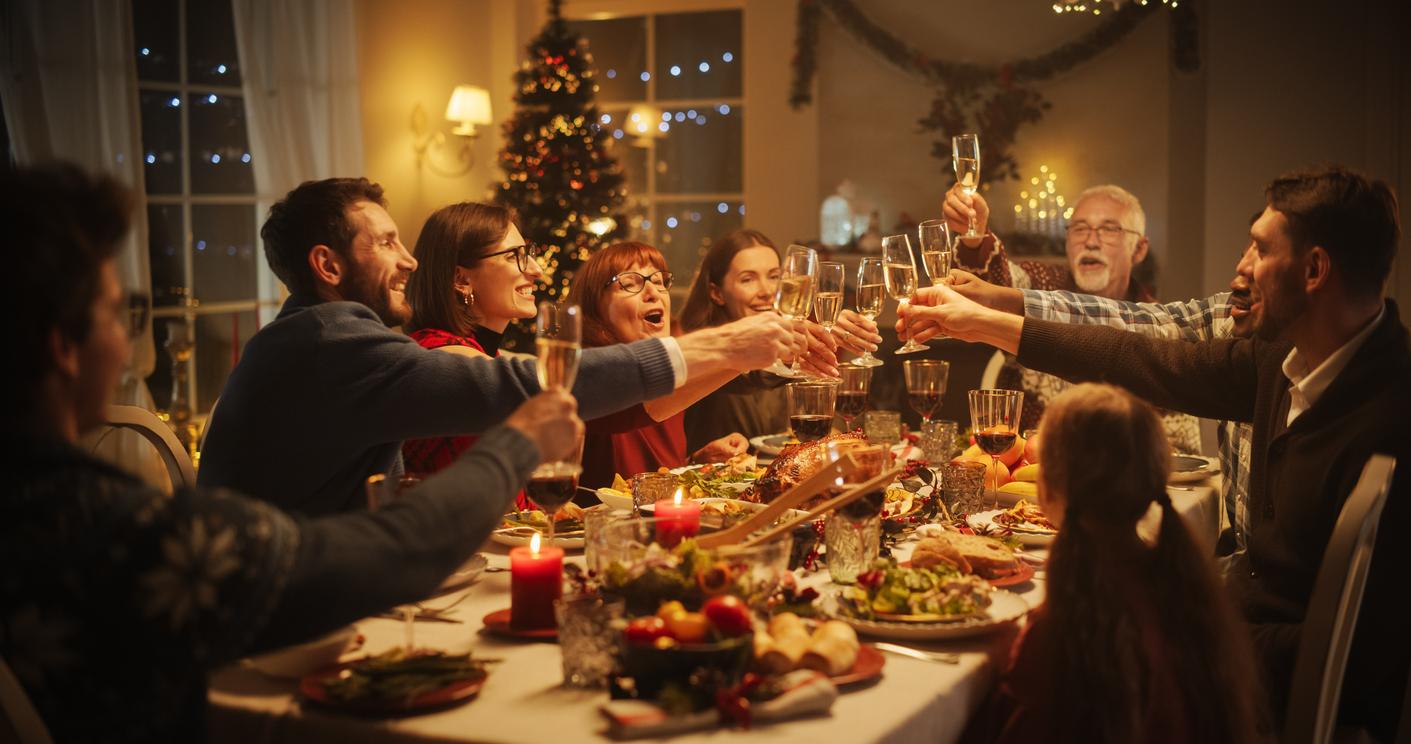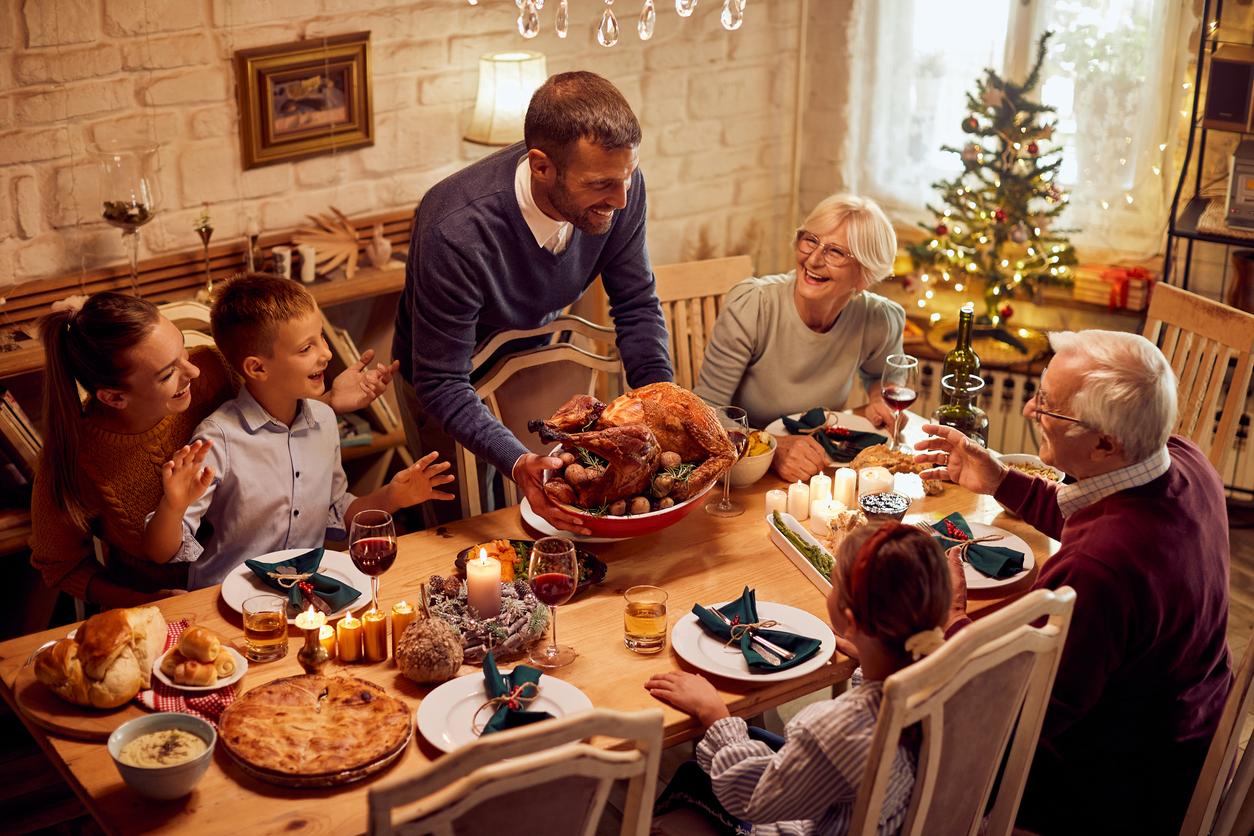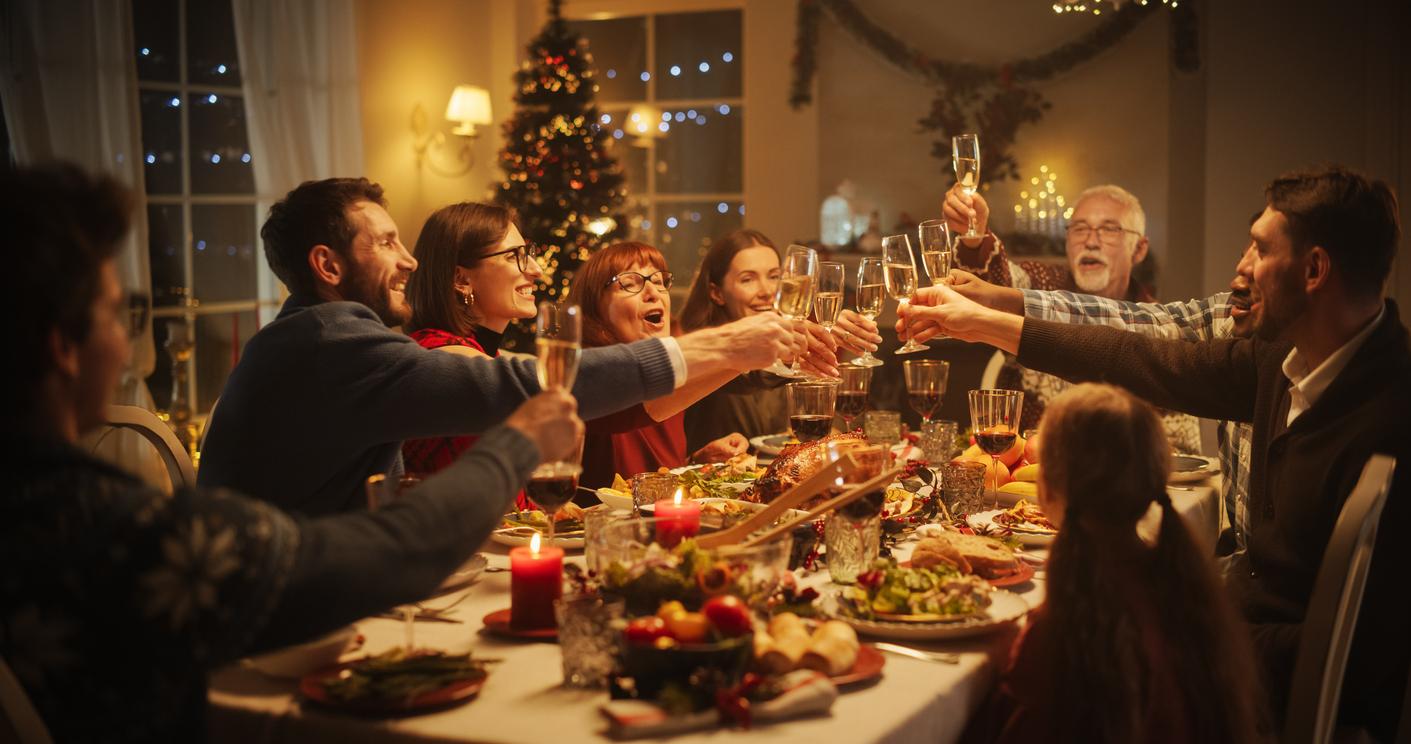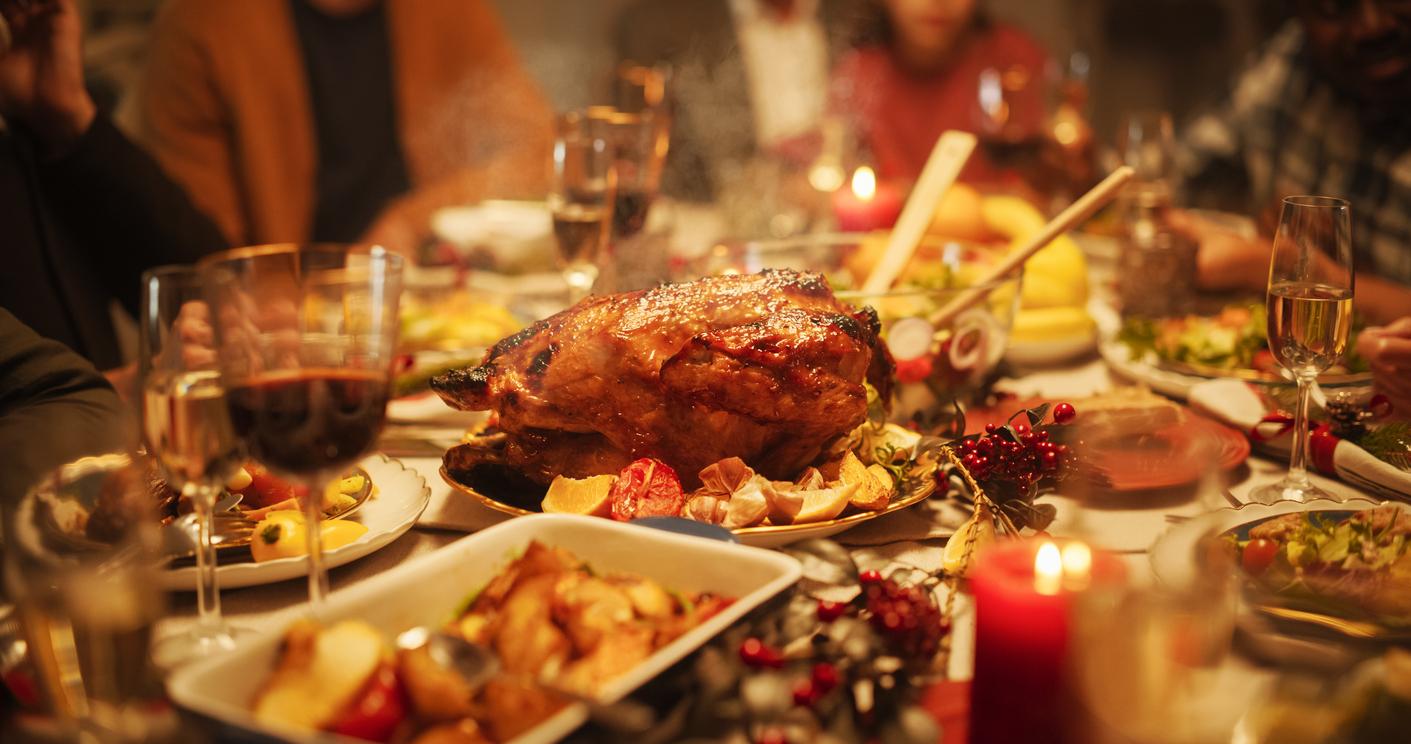Are you organizing the Christmas meal this year, and among your guests, are there significant food allergies? Angéline Galinier-Warrain, nutrition advisor specializing in food allergies, shares her tips for preparing a festive dinner for everyone, and above all to prevent allergic reactions from spoiling the party.
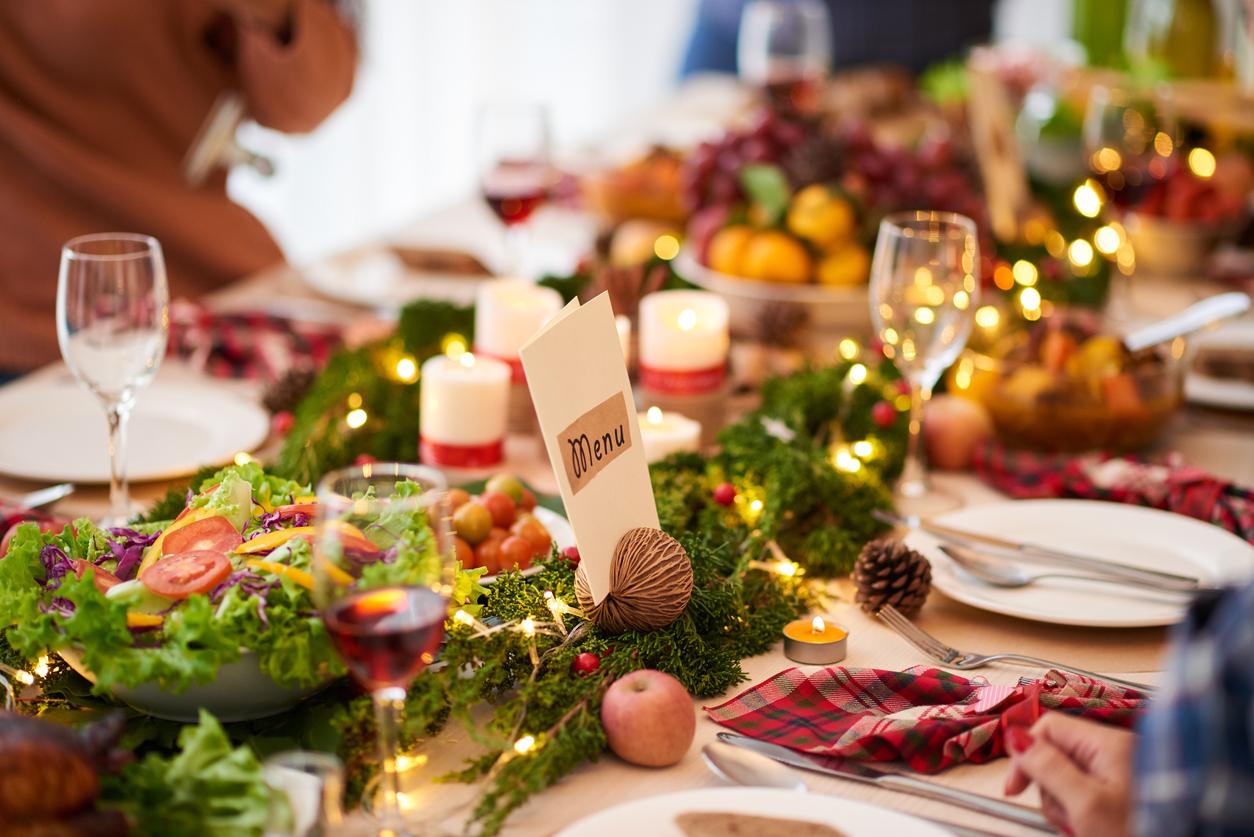
Why doctor: To begin with, could you explain concretely what a food allergy is for people who do not deal with it on a daily basis?
Angéline Galinier-Warrain, nutrition advisor specializing in food allergies : a food allergy is an abnormal defense reaction of the immune system. The body does not accept what is normally harmless, such as food. There are two types of reaction. Those called immediate, the effect is sudden, even instantaneous after contact with the allergen. Then, those called delayed where the reaction can occur up to 48 hours later.
Food allergies have doubled in 20 years. Several elements can explain this phenomenon: new eating habits, new processing processes, genetic predisposition, environmental factors. Thus, today, in France, this concerns 8% of children and 15% of adults.
The most serious risks involved are death. But the most frequent and annoying disorders, even more during festivities like Christmas or New Year, are red patches, respiratory problems, throat clearing, swollen lips, canker sores in the mouth.
Receiving an allergy sufferer: “the first thing to do is to really understand the allergy”
What should you pay attention to beforehand when preparing a Christmas or New Year’s meal when you are not used to cooking for people with allergies?
The first thing to do is to really understand the allergy and what the person is allergic to. Ask specifically about her allergies and what she does at home. If she tells you, for example, “at home, everything is separate”we must take the same precautions as her.
In addition, vigilance begins at the supermarket. For example, if you want lamb – because it is the meat that everyone can eat – you have to ask the butcher to use a clean knife, because otherwise it could transmit residue from the meat allergen to your piece. If you take vegetables in bulk, you have to be careful that the sachets do not mix up either.
Stock cubes, cans… there can be pitfalls here too, like problematic preservatives or hidden foods. You must therefore read the labels carefully. And especially if you have the slightest doubt, don’t hesitate: send a photo to the allergic person to ask them if they can eat it or not. Involve the guest in the meal.
And, what precautions should be taken when cooking?
In the kitchen, the first essential thing – which non-allergic people are not used to – is not to mix the cutlery. For example, if you prepare a sauce with a spoon, it should not go into the next dish. If you are cutting gluten-free bread and bread with wheat, you should not use the same knife. It is necessary not to heat food in the same pan.
For gluten allergies, it is advisable not to use the same toaster for both breads because of the crumbs which could touch the product which is normally safe for the allergic person. Which could cause an allergic reaction.
You also need to be careful with cloths when drying your hands or dishes. The allergenic element could, also here, be transferred from one dish to another.
Anti-allergy reaction tip: “Put labels on the dishes”
And on the big day, what should you watch out for to prevent an allergic reaction from spoiling the party?
If children have food allergies during the Christmas meal, you should avoid having aperitif cakes, candies or chocolates not suitable for allergies available for self-service. These are real traps for little ones, especially if they are not at home. They may, in fact, think that everyone takes the same precautions as in their family.
You also have to pay attention to what I call hidden pitfalls: for example, it is impossible to visually distinguish a chocolate cake “with milk” from one “without milk”, or pancakes with eggs or without eggs. , a vegan crème fraîche from a non-vegan one. This can be real pitfalls for people with allergies, especially children. You have to put everything in very different dishes and keep them away from each other… and of course stay vigilant.
At Christmas, we often make chestnut or potato purees. Depending on allergies, you have to remember whether you used butter, crème fraîche or the origin of the oil.
Another tip: put labels on the dishes. This way, the allergic person can easily see what they can or cannot eat without having to ask each time.
And as in the kitchen, you should definitely not mix the dishes. Serving cutlery must be dedicated to a single dish.
Christmas meal: “A bit like everything, the key is to talk to avoid problems”
And do you have any advice for allergy sufferers who are invited to the homes of friends or family members who are unfamiliar with the problem of food allergies?
The most important thing is not to be embarrassed. Do not hesitate to tell the person inviting “how can I help you so that this isn’t complicated for you or frustrating for me”. Don’t hesitate to ask what she plans to do and help her adapt it. Use oil instead of butter for a butter allergy, make a stuffing with one meat instead of another and a little more vegetables so that it is not dry. Finding common ground is entirely possible. There is always a solution.
A bit like everything, the key is to exchange to avoid problems. Ultimately, it’s worse for the host to see you not eating, rather than anticipating the creation of the menu to avoid allergic reactions. So don’t hesitate to come forward if you haven’t had the opportunity to talk about your allergies before this evening.
The conversation is healthy. By the way, in the United States where I live, there isn’t an invitation where the hosts don’t ask in advance if there are any allergies in your family and what they are. They ask where you can buy a cake suitable for your allergies, and they go there themselves. They are very attentive to this. It’s very nice. We should get into this habit in France.







